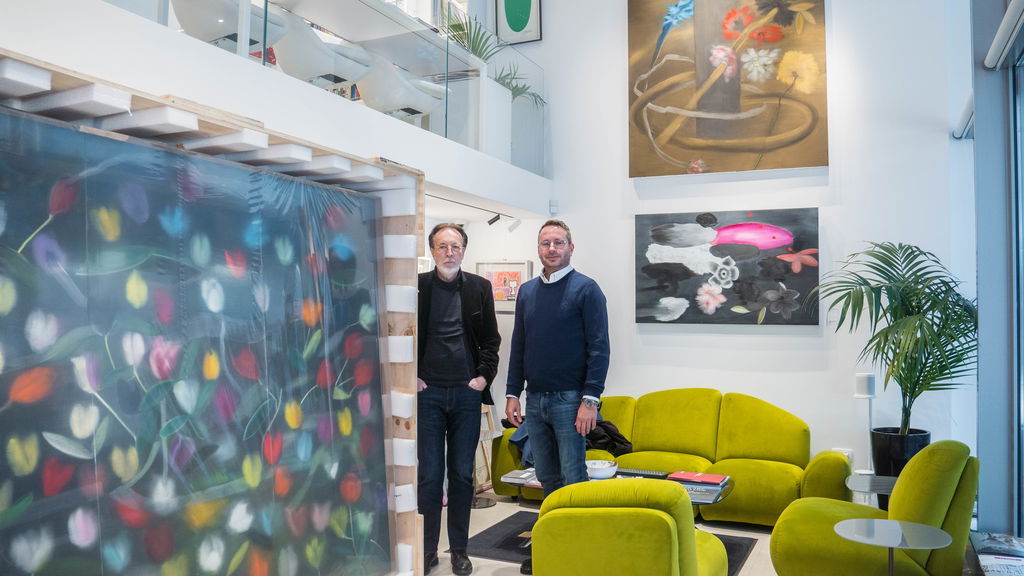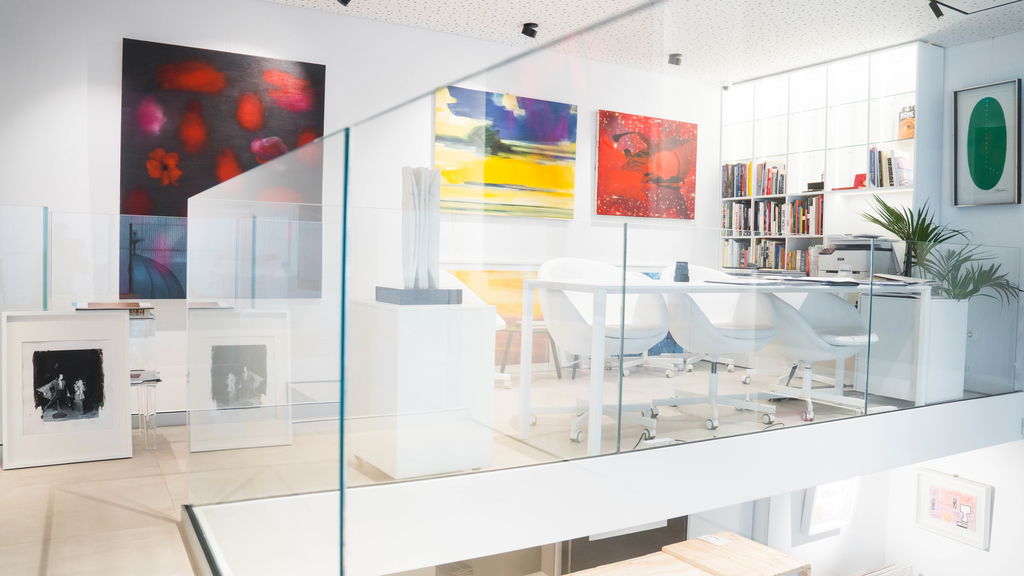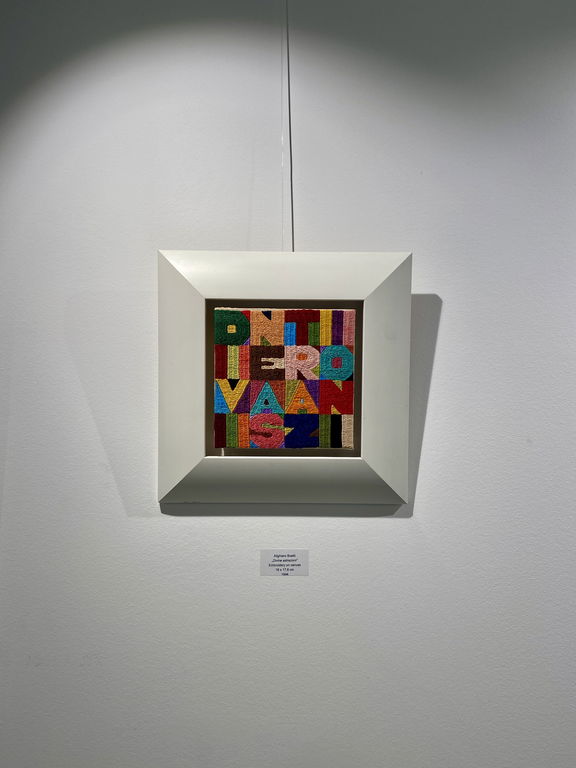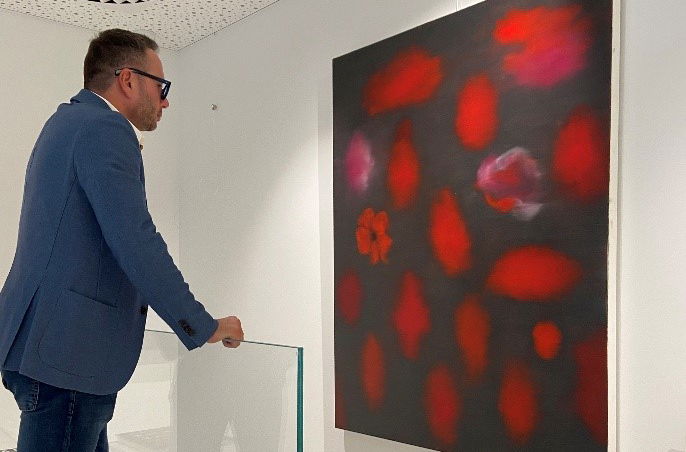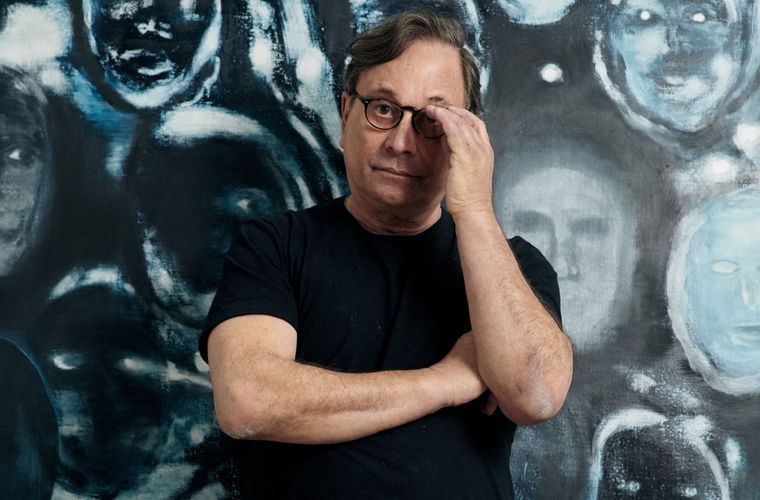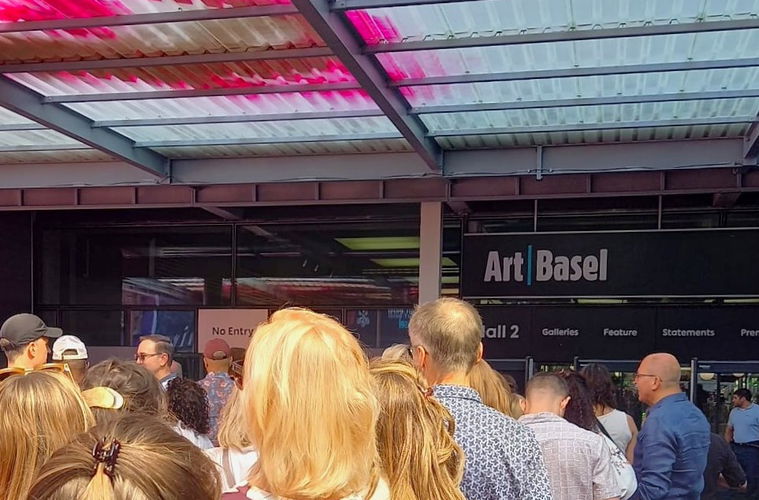What is blue-chip art?
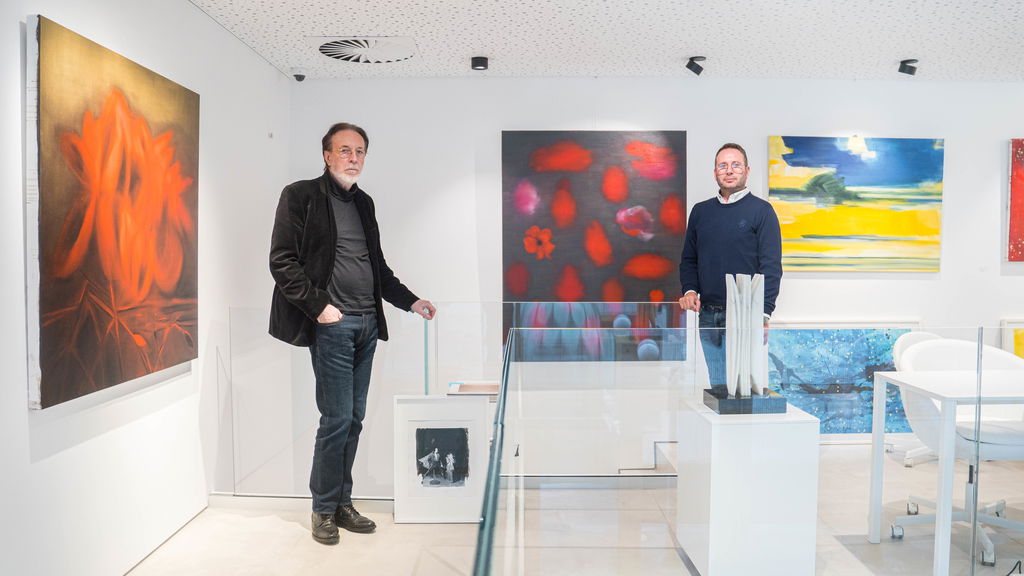
Characteristics of Blue-Chip Art
So what defines a blue-chip work of art?
Established Artist Name: These are works by artists who are globally recognized and have an established status in art history. These are art historical names such as Pablo Picasso or Frida Kahlo and many others whose works are permanently part of important museum collections, or the names of living contemporary artists such as Ross Bleckner and Andre Butzer.
Proven Sales History: "Blue-chip" artworks usually have a rich history of successful sales at auctions and in galleries, which confirms their market value. The high prices they achieve are not coincidental but a reflection of sustained interest and demand.
Rarity and Significance: These are often rare works that are groundbreaking for the artist's creation or for an art movement as a whole. Their significance extends beyond aesthetic value to include historical and cultural importance.
Presence in Important Collections: The works are part of prestigious public and private collections, further confirming their status and authority.
Resilience to Economic Fluctuations: Although the art market is not entirely immune to economic recessions, "blue-chip" artworks tend to better retain their value and are less susceptible to drastic price drops compared to less established works.
Why is "Blue-Chip" Art Attractive?
For collectors and investors, "blue-chip" art is attractive for several reasons:
Investment Security: In uncertain times, "blue-chip" artworks are considered a relatively safe investment that can serve as a hedge against inflation and fluctuations in other financial markets.
Potential for Value Growth: Although prices are already high, "blue-chip" works still have the potential for long-term value growth, especially with increasing global interest in art.
Prestige and Cultural Significance: Owning a "blue-chip" artwork brings not only financial value but also prestige and an opportunity to participate in the art world.
Artistic and Aesthetic Value: Ultimately, these are still artworks that offer aesthetic pleasure and are a source of inspiration.
While entering the world of "blue-chip" art requires significant capital, it is a segment of the market that continues to attract serious collectors and investors seeking both cultural enrichment and a stable, long-term investment. At Stoja Art Collection Gallery, we are committed to creating a collection of artworks that have "blue-chip" status. If you visit our gallery in Ljubljana, you will notice works by renowned American and German artists such as Ross Bleckner, Andre Butzer and Bernd Zimmer on the walls. The key guiding principles of our collection are the aesthetic appeal and investment potential of the selected pieces, for which "blue-chip" status is undoubtedly more than appropriate.
The gallery is open from Monday to Friday, visiting is possible by prior arrangement.

